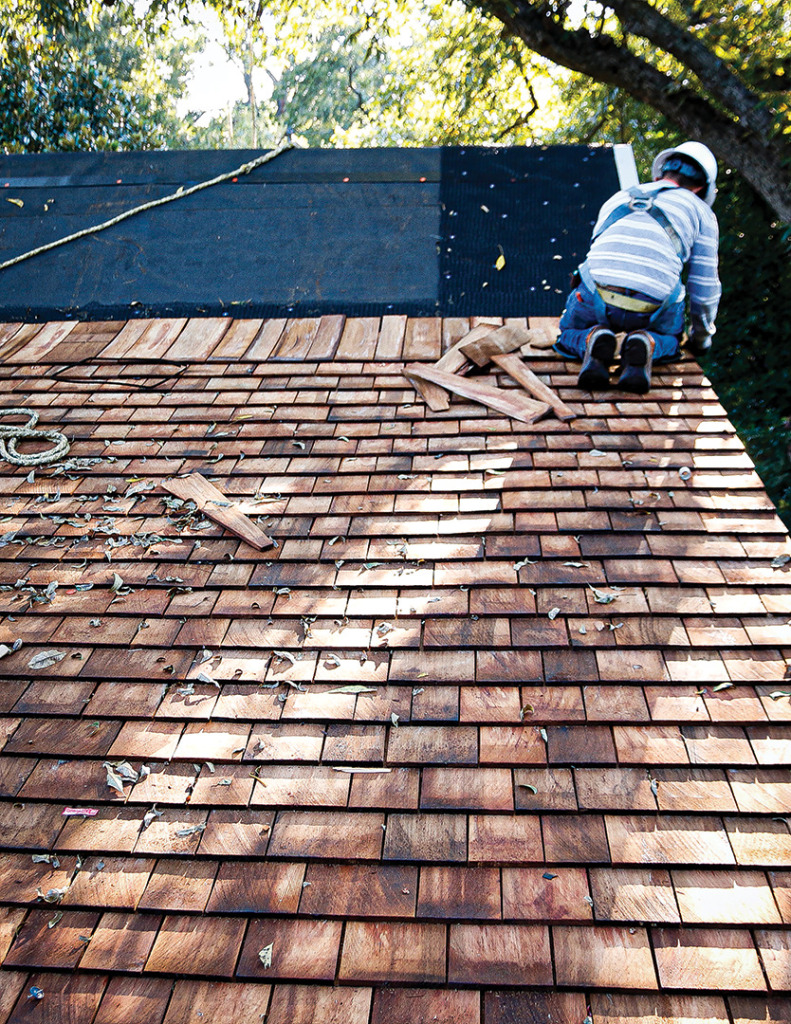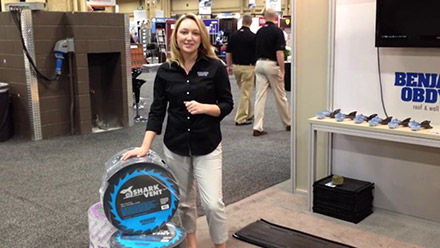From Colonial America to modern day, wood is one of the oldest and commonly sought-after materials for roofing systems. Cedar remains a popular roofing choice among homeowners in New England and the Pacific Northwest due to its aesthetic charm and durability. However, building practices have drastically changed since cedar’s first use as a roofing material, requiring building pros to adjust the products, and methods, they use for these systems.
Understanding the most common challenges and how to avoid them can help you ensure the longevity of your next wood roofing project.
The first challenge is understanding what to put underneath the roofing material. A century ago, it was common practice for cedar to be installed directly over the rafters or wood strapping of an attic, which resulted in a higher drying potential due to the continuous airflow. As the industry evolved for both speed and energy efficiency, it has become standard to use plywood across the entire roof deck, resulting in a closed sheathing surface and therefore less opportunity for air movement. Along with this, we’re seeing cedar being placed on top of felt paper, which can trap moisture on the backside of the wood material while remaining dry on the surface. Just like with any wood material, the disequilibrium of the drying factor can cause product deterioration, reducing the lifespan of the roof.

Cedar Breather® Roof Underlayment Samples
GET YOUR FREE CEDAR BREATHER® SAMPLES TODAY
The second challenge is ongoing confusion as to where and when to use a product with a vapor-closed membrane, such as an ice and water protector. Products like these are designed to stop potential leaking from standing water and should only be used in select locations that are vulnerable to intrusion, such as the eaves and valleys of the roof. When used outside of these locations, the drying potential is dramatically reduced and can increase the chance of failures. Instead, you should be using vapor open products over the majority of the roof deck to allow vapor to escape in both directions and maximize the drying potential of the cedar.
To combat these issues, we developed a Wood Roof Protection system that combines Cedar Breather®, Rapid Ridge® 7 Ridge Vent, and Batten UV. These products work together to provide optimum performance and long-lasting support a cedar roof needs to stand the test of time. With a patented three-dimensional design, Cedar Breather acts as a rainscreen for your roof, providing ventilation to both sides and promoting continuous airflow throughout the system. Pairing with Rapid Ridge 7 creates an exhaust feature that promotes airflow while acting as an additional weather barrier that prevents rain, snow, and insect infiltration. Finally, the consistent airflow and UV stability of Batten UV makes it a perfect perimeter vent for Cedar Breather. The overall system works together to eliminate moisture, reduce the potential of rotting, and protects the beauty and life of wood roofing.
To learn more about how Cedar Breather works, check out our blog post on The Difference a ¼ Inch Gap Makes.




